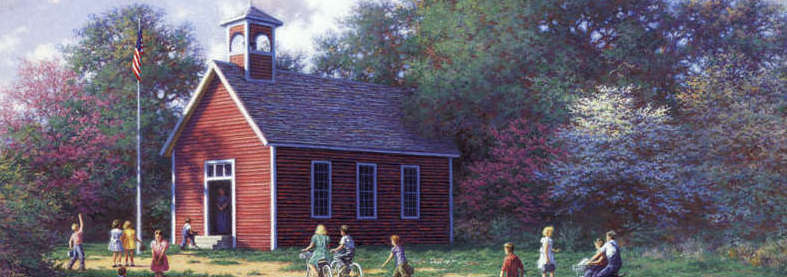Castlewood-Oak
Valley
Neighborhood Association
Newsletter
![]()

|
Castlewood-Oak
Valley |
 |
|
|
|
|
(Sorry, I got sidetracked and forgot this promised article. Barring an important newsletter item like yard parking, I will include more details in an article next month.) Austin consistently ranks in the top US cities. In 2006, Money Magazine ranked Austin the 2nd best big city. But statistics point out several disturbing aspects in comparing Austin to the 10 best. We rated twice the average in personal and property crime risks and crime incidents. Another area of concern is education.
|
|
|||||
| To
join the COVNA Email List, click below and send an email Find out the latest neighborhood news and
developments. |
|
||||
| NOTES
FROM THE PRESIDENT
Planning for Tense Situations Recently there were three major named hurricanes; one was a possible threat to our area, and two provided us some rain. There were floods and flash floods in our general area. Are you prepared for possible emergency situations? Some people had to evacuate their homes. Some people on the highways faced serious decisions about their own safety. Emergencies, whether natural or man-made can change our lives in an instant. Every year, hundreds of emergency situations wreak havoc on families and entire communities across the nation. In the Austin area, we’ve seen flash-flooding, tornados and ice storms. We also were impacted by the devastating results of Hurricanes Katrina and Rita that struck New Orleans and the Texas coast two years ago. Additionally, we must contend with the possibility of a pandemic flu as well as the threat of terrorist attacks. September is National Preparedness Month. We should prepare ourselves and our families for emergencies. Currently, there is no real reason to be alarmed. However, it is a good time to calmly plan for contingencies. For information and advice from the federal level, go to www.ready.gov/america and follow the links to Get a Kit, Make a Plan, and Be Informed. For local information on Hazards in Austin and what
to do Before, During, and After a Disaster follow the links at |
|
Advertise in the COVNA Newsletter Only $10.00/month. Reaches over 400 homes & Online at COVNA.org Email Doug Tabony at: tabonyproductions@austin.rr.com |
|
We Still Need
Help!!! |
|
|
We need a volunteer to act as secretary. The job only takes about two or three hours a month but is vital to the association. |
| DISPOSAL OF COMPACT
CFLs are made of glass and can break if dropped or roughly handled. Be careful when removing the bulb from its packaging, installing it, or replacing it. Always screw and unscrew the lamp by its base (not the glass), and never forcefully twist the CFL into a light socket. If a CFL breaks in your home, follow the clean-up recommendations below. Used CFLs should be disposed of properly. What should I do with a CFL when it burns out? The City of Austin suggests disposing of used CFLs, along with batteries, aerosol cans, cleaners, paint, and other common household items, at the City of Austin's Hazardous Waste Facility at 2514 Business Center Drive (a block south of Ben White just east of I-35), open every Tuesday and Wednesday, 12 p.m.–7 p.m. and the first Saturday of each month, 7 a.m. - noon. ENERGY STAR qualified CFLs have a warranty. If the bulb has failed within the warranty period, return it to your retailer. How should I clean up a broken fluorescent bulb? 1. Open a window and leave the room for 15 minutes or more. 2. Carefully scoop up the fragments and powder with stiff paper or cardboard and place them in a sealed plastic bag. Use disposable rubber gloves, if available (i.e., do not use bare hands). Wipe the area clean with damp paper towels or disposable wet wipes and place them in the plastic bag. Do not use a vacuum or broom to clean up the broken bulb on hard surfaces 3. Place all cleanup materials in a second sealed plastic bag. Place the first bag in a second sealed plastic bag and put it in the outdoor trash container or in another outdoor protected area for the next normal trash disposal. Some states prohibit such trash disposal and require that broken and unbroken lamps be taken to a local recycling center or Hazardous Waste Facility. (I’m not sure about Texas.) Wash your hands after disposing of the bag. 4. If a fluorescent bulb breaks on a rug or carpet: First, remove all materials you can without using a vacuum
cleaner, following the steps above. Sticky tape (such as duct tape) can
be used to pick up small pieces and powder. If vacuuming is needed after
all visible materials are removed, vacuum the area where the bulb was
broken, remove the vacuum bag (or empty and wipe the canister) and put
the bag or vacuum debris in two sealed plastic bags in the outdoor trash
or protected outdoor location for normal disposal. |
|
| |
|
EDITOR'S CORNER
|
|
 |